Technology has quickly advanced over the years, and no industry has been spared. In healthcare facilities, beepers have been replaced by cell phones and nearly all communication and appointments can be done digitally through telehealth. As more facilities begin to embrace digital operations, many hospitals have started integrating production studios within their buildings with the hope of blurring the lines of physical and digital worlds.
Healthcare Facilities Today recently spoke with Peter Provost, president and director of design at Provost Studio about how medical production studios will redefine patient care and education by enhancing audience engagement that better promotes healing.
HFT: How are healthcare facilities integrating production studios into their operations?
Peter Provost: Strategically designed production studios in healthcare facilities offer the ability to create immersive, high-quality digital content for patient and doctor education. From creating pre- and postoperative care videos to hosting seminars on the latest in industry advancements, they can be equipped with everything from photo shoot areas to video production spaces that provide flexible layouts and state-of-the-art technologies like LED displays and touch screens.
Major healthcare corporations are creating production studios for a variety of content formats, including podcasts, virtual public health seminars, training, patient care, and more.
HFT: How do production studios in healthcare contribute to patient education and engagement?
Provost: Production studios create videos and other multimedia content that explain medical conditions, treatment options and procedures in a clear and understandable manner. The content serves to enhance patient understanding of their health issues and the steps involved in their care and can be enhanced with virtual reality (VR) and extended reality (XR), to create a more immersive educational experience. With the rise of telehealth, production studios are uniquely able to contribute to creating professional and effective video content for remote patient education sessions. This includes producing videos for virtual appointments, remote consultations and follow-up instructions.
HFT: How do healthcare facilities ensure the accuracy and quality of the content produced in their production studios?
Provost: When producing educational content, it’s crucial for the healthcare company to leverage healthcare professionals and heavily vet all the information they are producing for accuracy. Programming should be created and reviewed with the involvement of accredited healthcare professionals. Other than establishing a thorough content review process, it’s also vital to adhere to industry standards, guidelines and regulations for healthcare communication. Ensure that content complies with regulatory bodies, such as the Health Insurance Portability and Accountability Act (HIPAA), and follows ethical and accessibility guidelines.
HFT: What role does multimedia content play in improving communication between healthcare providers and patients?
Provost: Multimedia content can enhance patient understanding by leveraging videos, animations and visual aids that work to simplify complex medical information. These tools can empower patients to learn about their medical conditions, treatment plans and preventative measures at their own pace, as well as increase information retention. Content can more easily be adapted to various languages, cultural contexts, and literacy levels, ensuring that healthcare information is accessible and relevant to a broader audience.
In the context of telehealth, multimedia content becomes even more essential. Video consultations, virtual educational sessions and interactive tools help bridge the gap between remote healthcare providers and patients, providing a more immersive and personalized experience. In remote or virtual healthcare settings, multimedia content becomes a valuable tool for explaining diagnoses, treatment plans and post-treatment care.
Mackenna Moralez is the associate editor of the facilities market.
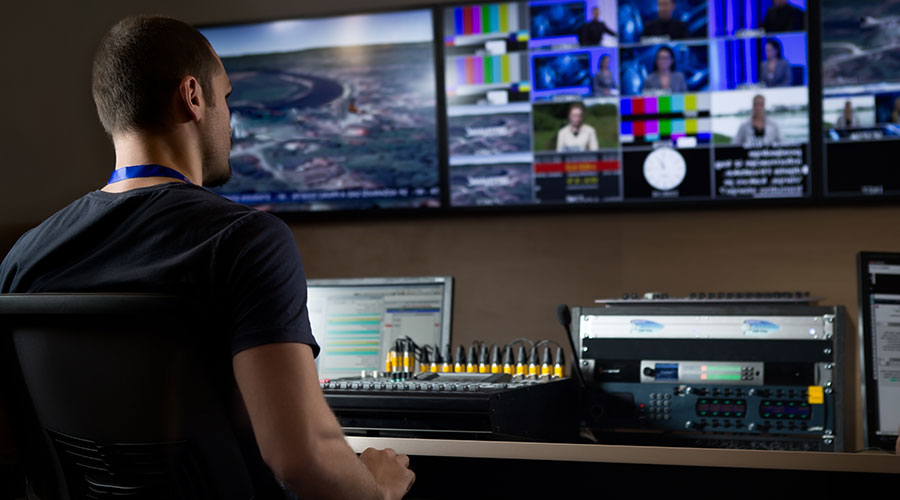
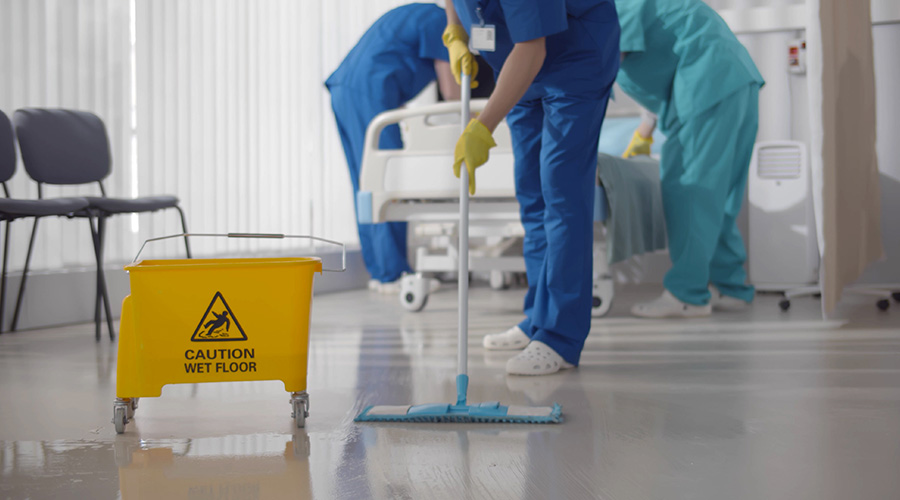 Contaminants Under Foot: A Closer Look at Patient Room Floors
Contaminants Under Foot: A Closer Look at Patient Room Floors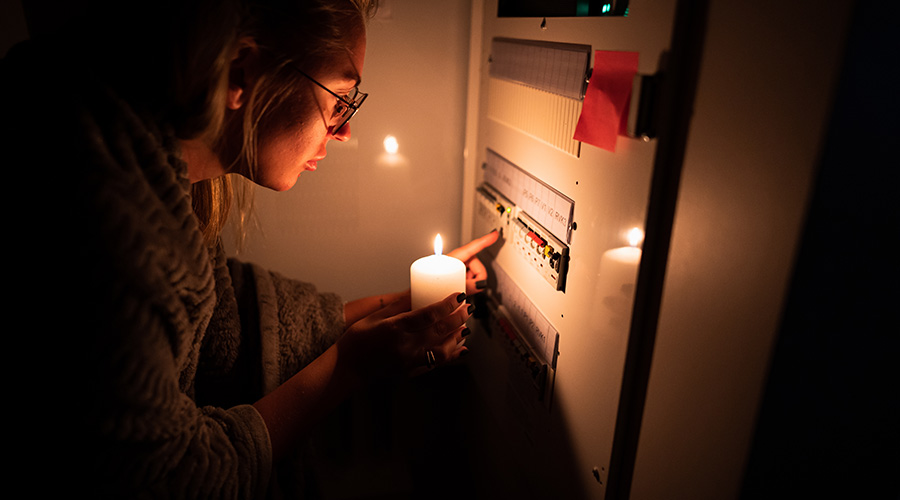 Power Outages Largely Driven by Extreme Weather Events
Power Outages Largely Driven by Extreme Weather Events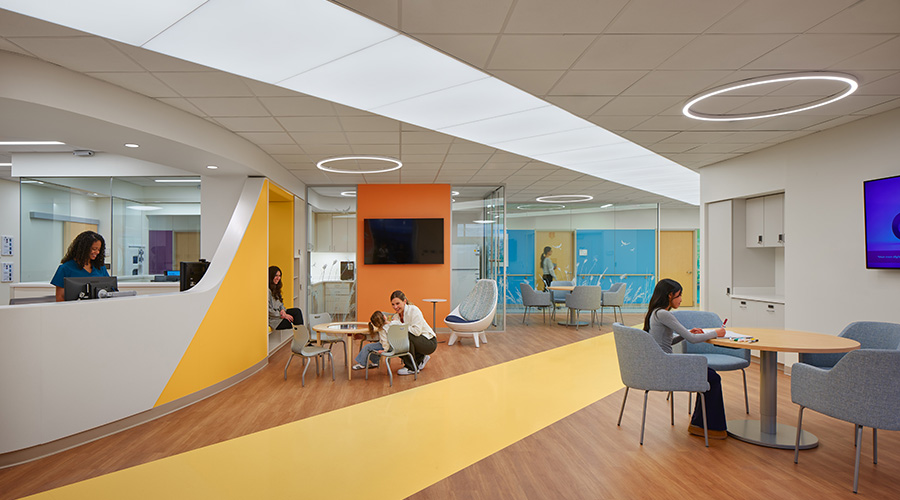 Nemours Children's Health Opens New Moseley Foundation Institute Hospital
Nemours Children's Health Opens New Moseley Foundation Institute Hospital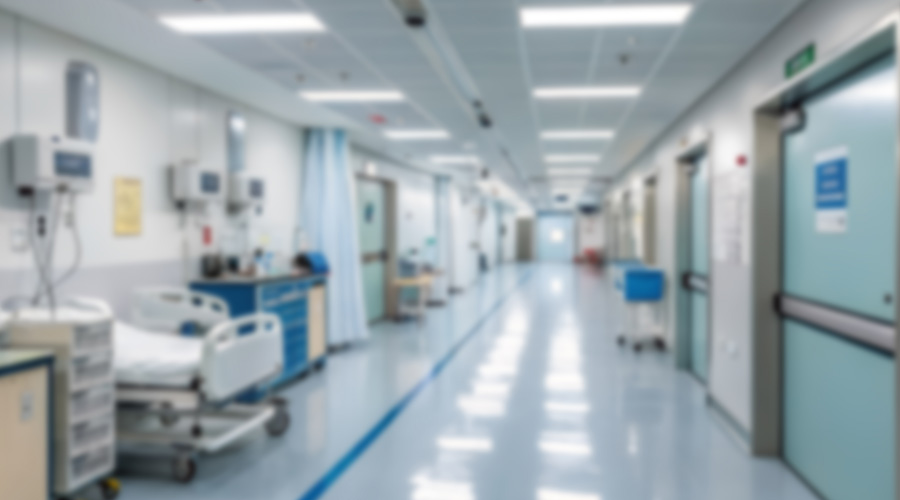 Code Compliance Isn't Enough for Healthcare Resilience
Code Compliance Isn't Enough for Healthcare Resilience Ribbon Cutting Marks First Phase Completion for New Montefiore Einstein Facility
Ribbon Cutting Marks First Phase Completion for New Montefiore Einstein Facility